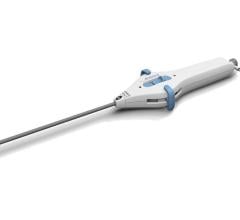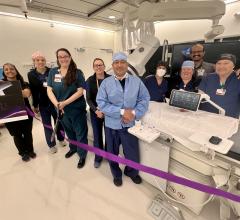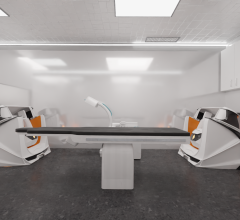
Dave Fornell, DAIC Editor
Dave Fornell, Editor DAIC
Blog | Dave Fornell, DAIC Editor | June 06, 2013
New Trends and Technology in Electrophysiology from HRS 2013
The Heart Rhythm Society (HRS) 2013 scientific sessions covered the latest research and technology in electrophysiology (EP). Here are a few trends and innovative new technologies I wanted to highlight from the meeting.
One of the most innovative technologies discussed at the meeting was the Nanostim leadless pacemaker. The tiny device, about the size of a tip of a pen, is implanted via catheter inside the heart, attached to the wall of the left ventricular apex.
A new trend in transcatheter ablation technology has been the development of force sensing catheter tips to let operators know if they are applying enough force to guarantee proper lesions to improve patient outcomes. Companies with these technologies at HRS this year included nContact, Biosense Webster and Endosense.
Another technology advancement to improve catheter ablations are new electro-anatomic mapping techniques. A large amount of interest was shown in the new AF FIRM rotor mapping technique, which offered positive data in trials, but also has spurred debate. It is believed by some that AF rotors move. If they are stationary, the ablations can be very successful, but if they move, relief from AF might only be temporary following a FIRM procedure.
Another new technology that generated interest at the show was Boston Scientific's new Rhythmia Mapping System, a 3-D mapping and navigation system, which will offer competition to the two existing systems on the market.


 April 29, 2025
April 29, 2025 








